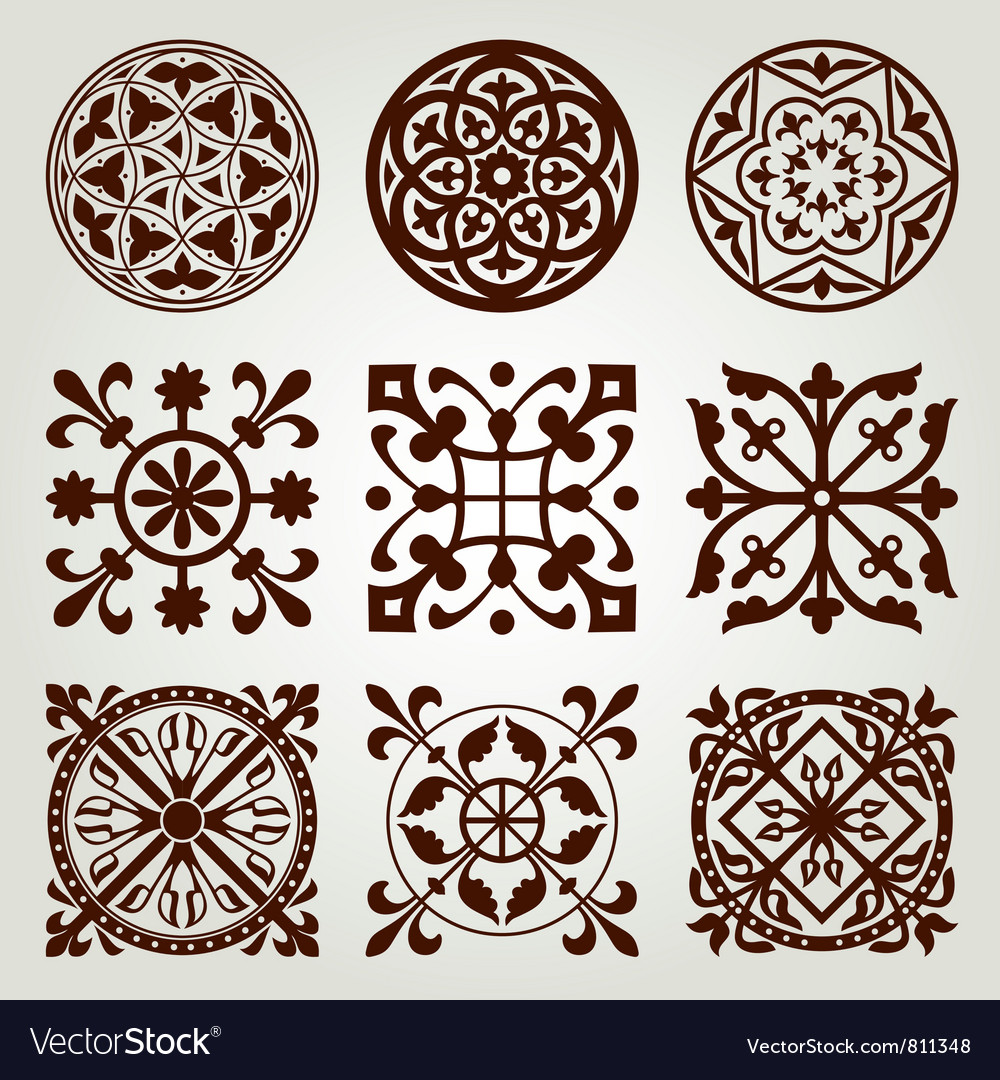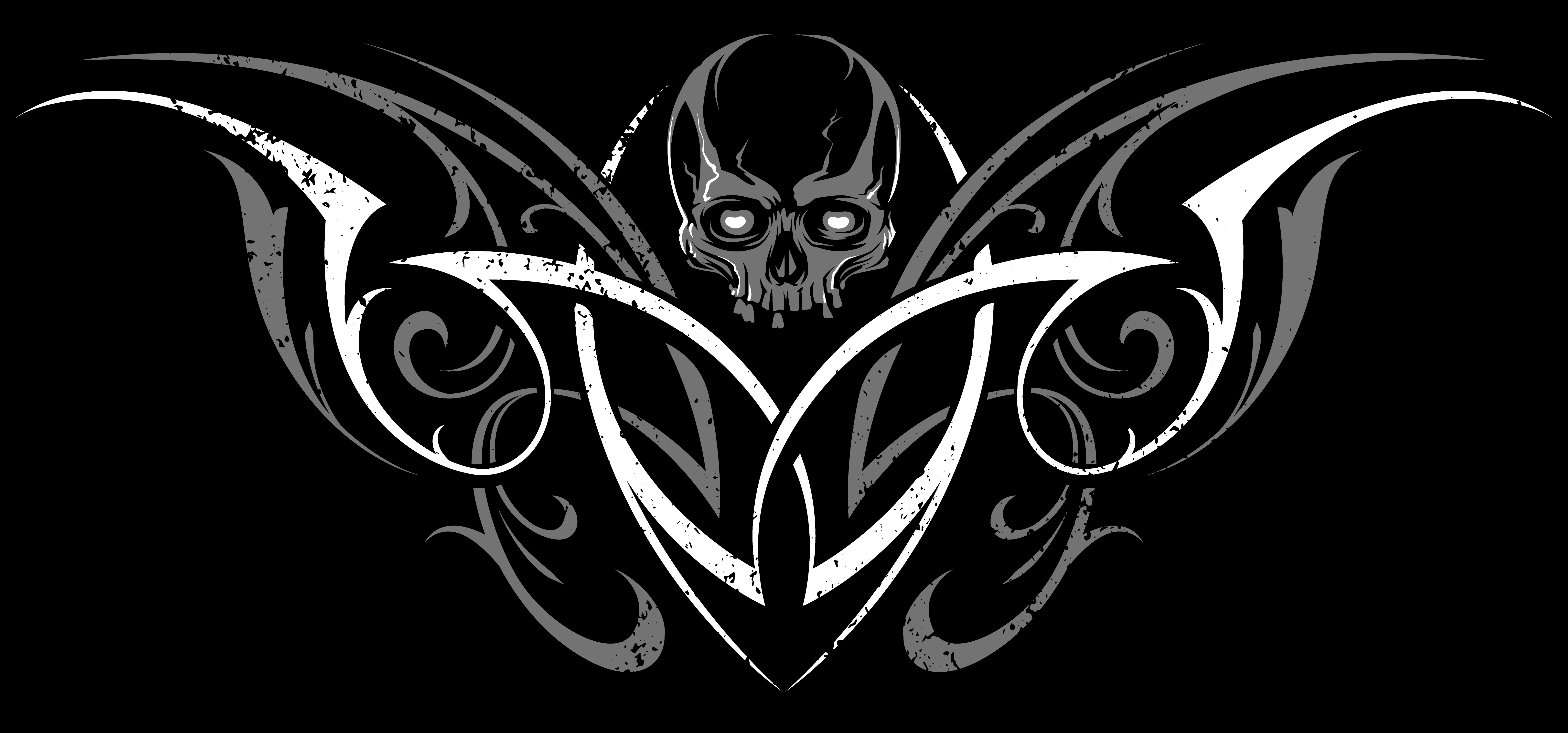Table Of Content

Susana Machado Bernard House and Barn is an elaborate 10,000-square-foot Art Nouveau Gothic Revival style mansion and carriage house located in the Pico Union section of Los Angeles, California. This revolutionary form of design was sown by Abbot Suger, who is also considered the Father of Gothic Architecture by many. The characteristics of Gothic architecture might vary according to multiple factors including age, type, and location of the structure, but it lists down to a few key Gothic Architecture elements. From the deep, rich color palette and luxurious textiles to the celebration of historic features and blend of old and new, there's plenty of inspiration to take from Gothic interior design. This design style proves a moody color palette doesn't make a space feel dark and uninviting – these spaces showcase how cozy and welcoming this aesthetic can really be.
Wells Cathedral (1176-
Stronger and more elegant than the round arch, the pointed arch is the most defining element of Gothic Architecture. The Carmo Convent in Lisbon was mostly destroyed in the Great Lisbon Earthquake of 1755, but many of the Gothic Arches survived, which shows the lasting strength of this architectural feature. These arches were strong enough to not only hold their own weight, but also the weight of the massive vaulted ceiling above. Although many believed the pointed arch was invented during the Gothic Age, it actually dates from much older forms of Islamic Architecture.
The Origins and Evolution of Gothic Architecture
The abbey church was the regular place of coronation for English monarchs for many centuries until the monastery was dissolved in 1539. Stephen's Cathedral, an example of gothic architecture, is considered the most prominent Gothic building in Vienna's entire city, where it is located, and it houses some of Vienna's art treasures. Its current form is a combination of Gothic forms and Romanesque and was built in 1160. The Gothic style brought innovative new construction techniques that allowed churches and other buildings to reach great heights. Jewish places of worship were designed by Christians who incorporated the same Gothic details used for churches and cathedrals. Built between 1140 and 1144, St. Denis became a model for most of the late 12th-century French cathedrals, including those at Chartres and Senlis.
Get It Growing: Dark shades put a thrill in gothic garden - StMaryNow.com
Get It Growing: Dark shades put a thrill in gothic garden.
Posted: Fri, 26 Apr 2024 11:00:00 GMT [source]
Architectural Features of Religious Gothic Architecture
According to these historians, the architecture of the Saint Hripsime Church near the Armenian religious seat Etchmiadzin was built in the fourth century A.D. Gothic architecture emerges from European styles flaunting their mediaeval character featuring high ceilings, intricate ornamentation, vaults, pointed arches, flying buttresses, stained glass, and windows, etc. Often found draped around cathedrals, churches, etc, this architectural style dangles an elaborate character and has stirred a European influence. Because of their love of sunlight and natural light, many of the architects in the Gothic era commissioned stained glass windows, including elaborate and expensive rose windows. Such windows drew regular parishioners to a church as well as religious travelers. Sites like Chartres Cathedral (seen here) and Notre Dame de Paris have been tourist destinations for centuries in part due to their incredible stained glass.
Over the next few centuries, the Gothic style spread across Europe, with regional variations emerging. Rayonnant Gothic was developed in France and is known for its large rose windows. English Gothic became known as Perpendicular Gothic due to its distinctive vertical lines.

There's a richness to the color palette typical of Gothic interior design, with deep, dark colors adding a coziness to rooms of the style. And while you might think deep colors will make a room feel dark and dingy, it can have the opposite effect. The design style also opens the doors to decorating with vintage, antique, and collected pieces. From furniture to decor, these elements add a lived-in, personalized element to a home, something homeowners crave more and more.
Certain architectural elements that can be found in Gothic Cathedrals and other buildings of the Gothic style were already present in older buildings. However, for buildings to be considered Gothic structures, they need to have certain defining architectural features and structural elements. One key feature of Romanesque architecture that was not used in Gothic architecture was thick walls. Gothic architects used flying buttresses as support so that they could make walls thinner and higher than those of the Romanesque style.
Although some of the inner portions of the church were built during the Romanesque Age, most of the architecture is in a distinctly Gothic style. Different forms of geometrical, floral, and radial patterns present the Gothic style with a unique definitive character. Flying buttresses were another Gothic-era advancement that helped support tall, heavy Gothic buildings. Flying buttresses are shaped like half of an arch and offer support by redistributing weight from a higher, heavy level, to a lower, more solid level. An illuminated Manuscript is a gothic style approach that became an essential feature of the International Gothic style that combines religious texts with painted illustrations.
Many of them were churches, and a bright, cool interior was even more important back then to making these buildings comfortable for parishioners. The late gothic architecture styles featured vaulted halls, and some of the building in Europe was fabricated with stone. Still, Italian Gothic used marble and brick instead; however, as gothic architecture started declining, just as the Renaissance architecture gained popularity in France, Italy, and Europe. Notre-Dame De Paris is one of the perfect examples of French Gothic architecture, where construction began in 1163 and ended in 1345, and it is one of the famous and most prominent churches in France.
In this project, Suger pioneered several key elements of Gothic architecture, including the pointed arch, rib vault, stained glass rose windows, and flying buttress. As the first Gothic structure was built, Saint-Denis served as the model for the many Gothic cathedrals that followed across Europe. Suger’s innovations allowed Gothic cathedrals to achieve unprecedented heights and fill interiors with light. The pointed arch distributed weight more efficiently than the rounded Romanesque arch, enabling thinner walls and taller structures. Using architecture to create a transcendent spiritual experience, Abbot Suger laid the foundation for the Gothic cathedrals that became emblematic of medieval Christianity. The Basilica of Saint-Denis synthesized key structural elements and aesthetic principles refined across Europe over the next centuries.
Gothic stained glass windows also frequently feature tracery, a decorative type of stone support, and detailed scenes from Biblical stories. The flying buttress was used in a few important and influential Byzantine structures. The buttress employed a massive column or pier, situated away from the building’s wall, and a “flyer,” an arch that, extending from the wall to the pier, displaced the weight-bearing load from the wall. The Basilica of San Vitale (547) in Ravenna, Italy, pioneered an early use of the flying buttress. The Basilica was famous for its mosaics and was a powerful symbol of the Byzantine Empire and the Roman Empire before it. The Emperor Charlemagne, who established the Holy Roman Empire in 799 and was dubbed “the father of Europe,” designed his Palatine Chapel in Aachen, Germany, after the Basilica of San Vitale.














